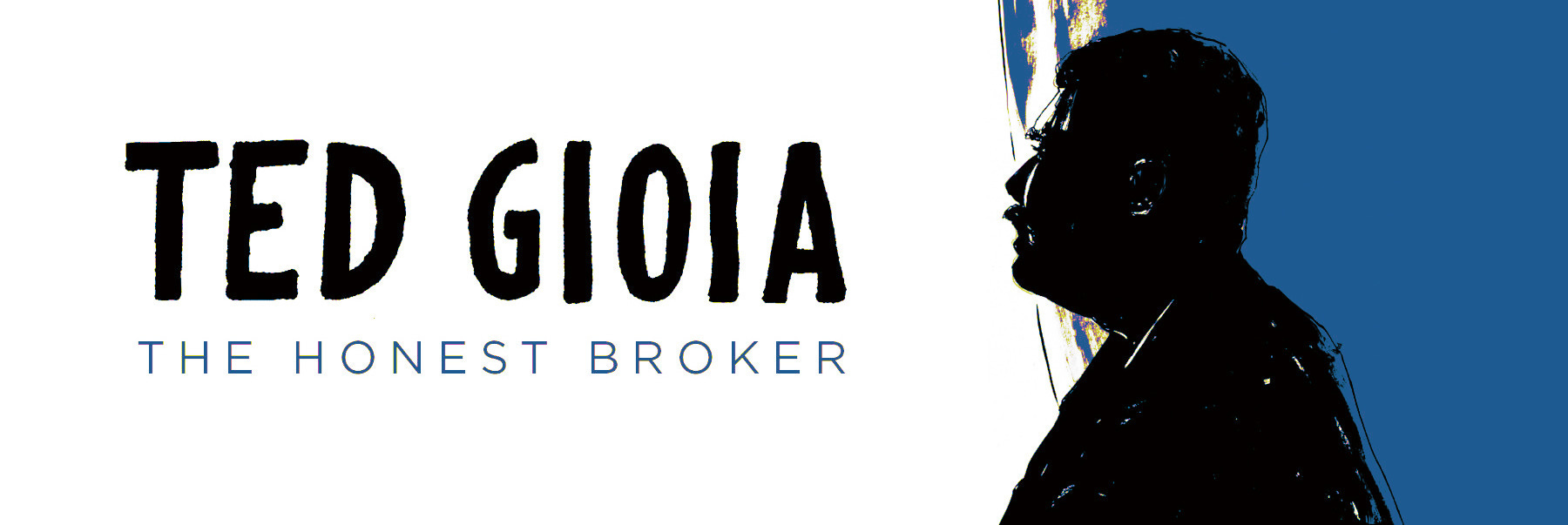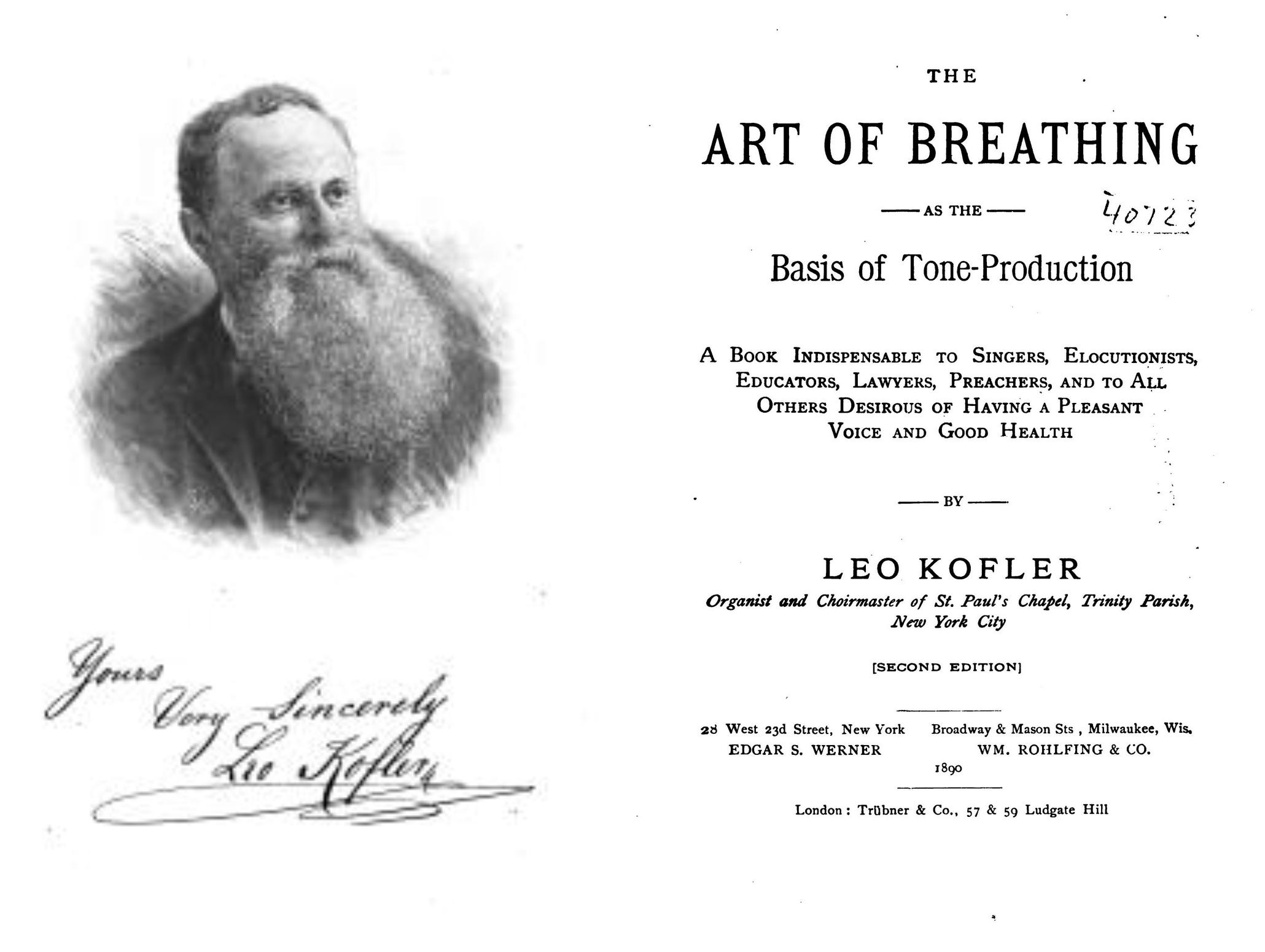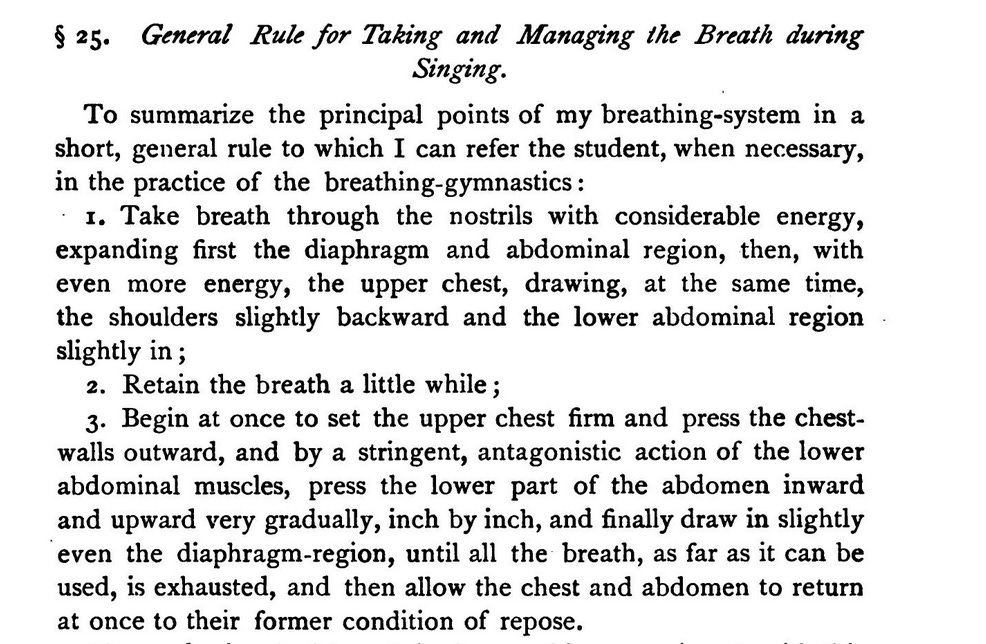Below is the latest installment in my series of essays on “Visionaries of Sound.” These articles celebrate some of my personal heroes—people who taught me that music is more than entertainment, but a life-changing force. So far in this series, I’ve featured the following individuals:
Only a few of these people are known to the general public, or even familiar to devoted music fans—but each deserves our attention and emulation. Today, I look at another little-known visionary of sound, organist and singing teacher Leo Kofler. The Honest Broker is a reader-supported guide to music, books, media & culture. Both free and paid subscriptions are available. If you want to support my work, the best way is by taking out a paid subscription.The Master of BreathBy Ted Gioia The key to a long life, Brian Eno once insisted, is singing. That’s quite a claim, but it’s just the start. Singing, according to Eno, will also give you “a good figure, a stable temperament, increased intelligence, new friends, super self-confidence, heightened sexual attractiveness, and a better sense of humor.” It’s almost like a super power. But the capacity to tap into it is granted to everybody, not just comic book heroes—if we just learn how. “I believe in singing to such an extent,” Eno asserts, “that if I were asked to redesign the British educational system, I would start by insisting that group singing become a central part of the daily routine.” But can this really be true? In 1860, a choir director named Leo Kofler put Eno’s theory to the test. Kofler feared his imminent death—although he was just 23 years old, he had been diagnosed with tuberculosis, a disease that killed most of his family. Six of his siblings died from this affliction. An aunt and two uncles had also succumbed at a young age. Now it was his turn. Kofler’s case was extreme, but hardly uncommon. According to one estimate, tuberculosis killed one quarter of Europe’s population during the nineteenth century. There were no antibiotics back then, and the bacterial cause of this disease wouldn’t be discovered for another 22 years. Kofler sought out all the best doctors, but over time his symptoms just got worse. He applied for a life insurance policy, but was rejected by the underwriters—his condition was deemed beyond hope. Despite all his failed attempts, Kofler refused to give up. “I did not wish to die,” he later explained, “and I fully made up my mind to fight death. I went systematically to work.” He had no alternative except to find his own cure. But all he really knew was music and singing. But he knew this topic very well. He would later write The Old Italian School of Singing, a major text on the subject. He also ran a prestigious school for singers in New York, and was a major contributor to the magazine The Voice. And, as we shall see, he knew some other things about the human voice that few singers have ever learned. His studies had started early in life. As a youngster, he struggled to maintain his breath long enough to finish singing phrases. He sang in a choir, but all the solos were given to others, because Kofler’s voice was so weak. “I felt that my singing gave no real pleasure,” he later admitted, “and it was no pleasure for me either, as much as I loved singing, it fatigued me and left my throat sore.” The pain was so bad that Kofler came close to abandoning music. But he had one advantage. His father was a well-known musician who often had touring singers as house guests. His young son began questioning each one on how they strengthened their voices. In his intense desire to improve his own, he became a “champion questioner,” and later admitted that he risked getting branded as a “great bore”—except that the grownups found this insistence and curiosity excusable in a child. “I met and heard a great many Italian prima donnas at my father’s house, and was astonished to note how long some of them could sing with one breath. I would overwhelm them with questions as to how they could do it, and how I could do likewise.” Even so, he was disappointed at their answers—this breath control seemed a natural gift, and they could provide him with no clear guidance on how to replicate it. Kofler became obsessed with breathing—it would later be the focal point of his teaching, and he even undertook medical studies to improve his understanding of it. Almost like the yoga practitioners who see breath or prana as a transcendent force, Kofler eventually realized that this would be his pathway not just to better singing, but genuine healing. How many singing teachers have studied Dr. Paul Niemeyer’s Die Lunge and Dr, Mandl’s Hygiene of the Voice? Or Hermann and Huxley’s Physiology and Dr. Witkowski’s The Human Body? Or Dr. Neumann’s Die Athmungskunst des Menschen and Dr. Bicking’s Die Gymnastic des Athmens? Or Dr. Henle’s Anatomy and Dr. Klencke’s Makrobiotic? Kofler learned from all these books as well as works by Lennox Brown, Emil Behnke, and others. As if this was not enough, he studied laryngoscopy, and somehow even managed to convince Dr. Whitfield Ward to let him practice it at the Metropolitan Throat Hospital in New York. Kofler himself would later write an influential book that summed up these studies in its title: The Art of Breathing. You can still buy that book in English today. And deservedly so—has any singing teacher ever taken such extreme steps to master the physiology of the craft? In German translation alone, Kofler’s book has been issued and reissued in at least 30 editions. And Kofler’s own firsthand success testified to power of his technique. He eventually reached such a deep understanding of the breathing apparatus that no other singer of his day—and few doctors—could match it. And if tuberculosis was an affliction of the lungs, surely he should be able to cure himself. At least that was his hope. By the way, I follow some of Kofler’s breathing techniques myself, and not just for singing. His guidelines seem so simple, but I’ve found them very effective. Of course, that’s just the tip of the iceberg. Kofler follows up with a hundred pages of exercises and practice tips. For my part, I use this for meditation, or just relaxation But Kofler put his techniques to far more profound use. While he was battling tuberculosis, he received a letter one day from his favorite sister Anna, just two years older than him.
He now feared that the same fate awaited him. But he worked obsessively to strengthen his lungs, relying on the same technqiues he had developed for singing. And gradually they showed results. Not only did his breathing method allow him to survive tuberculosis, but in The Art of Breathing he bragged that he had been completely healthy for the last decade. “I have not had a cold in my lungs in all that time….At the age of 52, I am stronger and healthier than ever before.” As it turned out, Kofler would live well into his seventies. But, of course, his singing also benefited. “I can now use my voice from early morning till late in the evening, either in singing, in teaching or in conversation….still my voice or my throat never feel tired, and in the last hour of my day’s work my tones may even be clearer and rounder than in the morning.” And if you doubted him, he included 20 pages of testimonials and endorsements at the end of his book. Many have benefited from Kofler’s work, and more ought to do so today. Who else has made such life-or-death demands on vocal technique, and survived to tell the story? A host of clinical studies now testify to the wisdom behind claims made by Eno, Kofler and others. We now know that:
So maybe we shouldn’t be surprised that so many pop and rock singers are still touring in their 80s. Or wonder why Tony Bennett sang so well at his 90th birthday party. Or that Vera Lynn, the soldier’s sweetheart singer of World War II, released another hit record around the time of her 100th birthday. (She even got nominated as Female Singer of the Year in the Classic Brit Awards—73 years after the end of the war, and 83 years after her debut record in 1935.) But let’s give Leo Kofler the last word—because he put singing to the ultimate test. “I take immense pleasure in stating that my determination to fight death was not formed in vain,” he boasted. “I fought it successfully…..I am stronger and healthier than ever before.” Looking back on his denied life insurance applications, he came to the conclusion that his true life insurance policies came from his breath and voice—with no premiums required. And they can still pay off for others, too, if they’re just willing to learn from his example. You're currently a free subscriber to The Honest Broker. For the full experience, upgrade your subscription. |
Search thousands of free JavaScript snippets that you can quickly copy and paste into your web pages. Get free JavaScript tutorials, references, code, menus, calendars, popup windows, games, and much more.
The Dying Singer Who Cured Himself with Music
Subscribe to:
Post Comments (Atom)
Top 3 UX Design Articles of 2024 to Remember
Based on most subscriptions ͏ ͏ ͏ ͏ ͏ ͏ ͏ ͏ ͏ ͏ ͏ ͏ ͏ ͏ ͏ ͏ ...
-
code.gs // 1. Enter sheet name where data is to be written below var SHEET_NAME = "Sheet1" ; // 2. Run > setup // // 3....



No comments:
Post a Comment